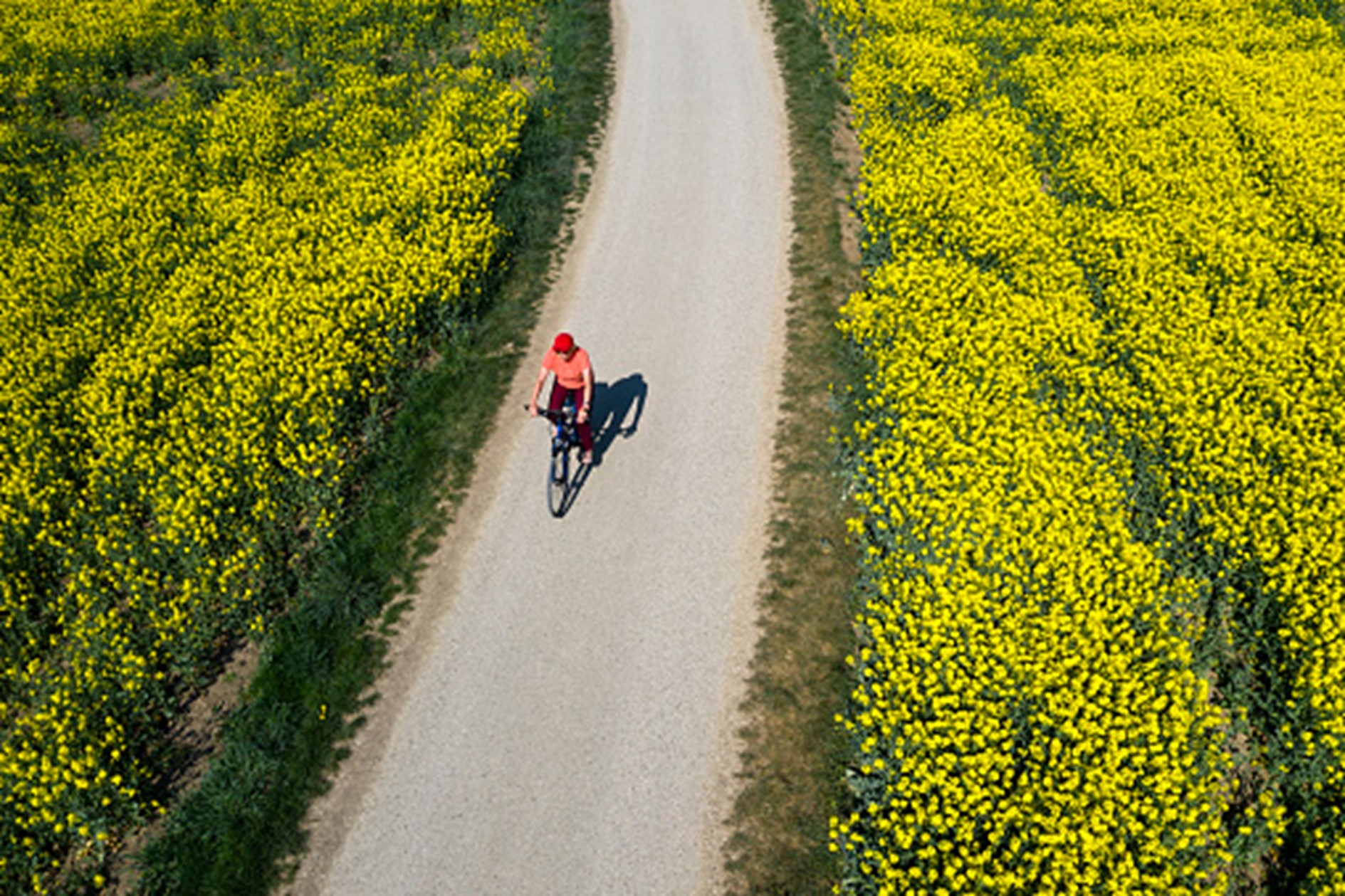Researchers from the French institute INRAE are observing an experimental pesticide-free farm, called Domaine d’Epoisses, in the suburbs of Dijon, France.
They are analyzing different combinations of crops and animal species on 132 hectares and measuring their effects on yields and biodiversity.
Launched in 2018 for 10 years, this experiment, referenced CA-SYS (for co-constructed agroecological systems), should help understand and build future pesticide-free farms. The objective of the research group is to understand the transition to zero pesticide agriculture.
This experiment attracts farmers who come to learn about the first feedbacks, especially on the problem of weeds, these weeds that thirst the crops and deprive them of sunlight when the farmland is not treated.
Researchers are experimenting with plant cover crops or secondary crops as a means of controlling weeds. These alternatives to pesticides allow for better fixation of nitrogen and organic matter in the soil.
Four agroecological systems are being tested on this experimental farm:
- With tillage and fertilizer;
- With plowing without fertilizer;
- No-till with direct seeding and plant cover;
- No-till with no cover crop.
The experiments sometimes lead to such an invasion that the crop plot is abandoned for another experiment. The failures recorded on this experimental platform also save time for the agricultural world which cannot afford this variety of trials.
Farmers in search of evolution wish to reduce the work of the soil and then to pass to the bio. They are also curious about the results in terms of economic impact.
The agricultural transition is more of an economic than an agricultural concern, but the researchers are not committed to offering miracle solutions. They draw from these experiments replicable protocols.
Currently, breeding of auxiliary insects that predate pests is being studied at the Domaine d’Epoisses. A habitat in the form of a flower strip borders the field tested, and the predatory insects are installed there. The researchers have even planted a hedge of shrubs that will be used by birds of prey in a few years.
Source : Le Monde




